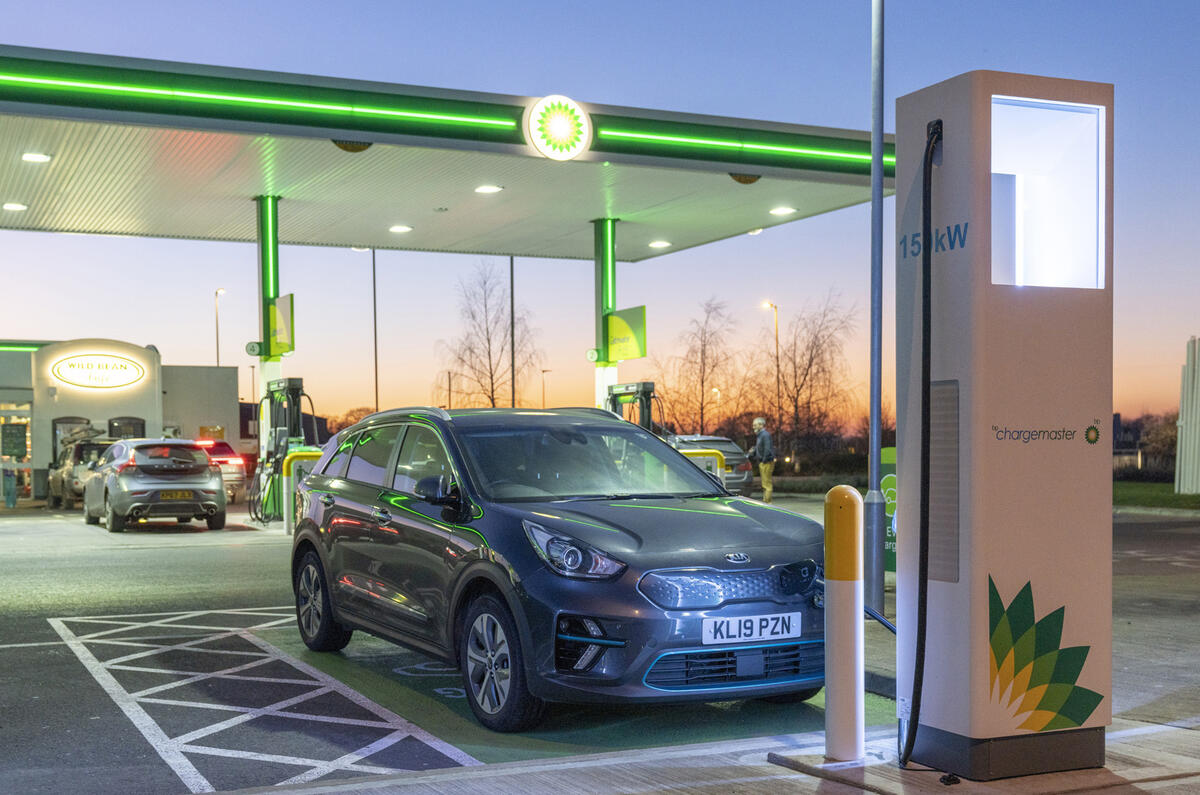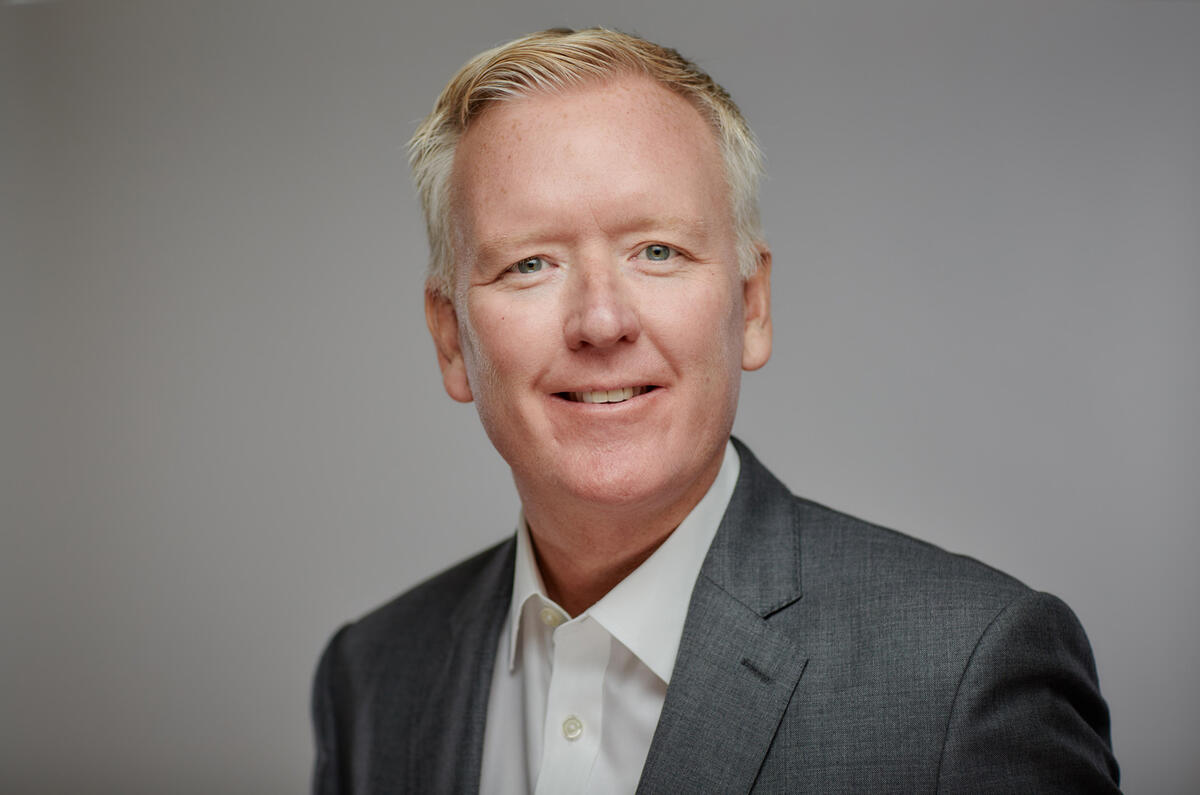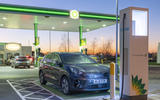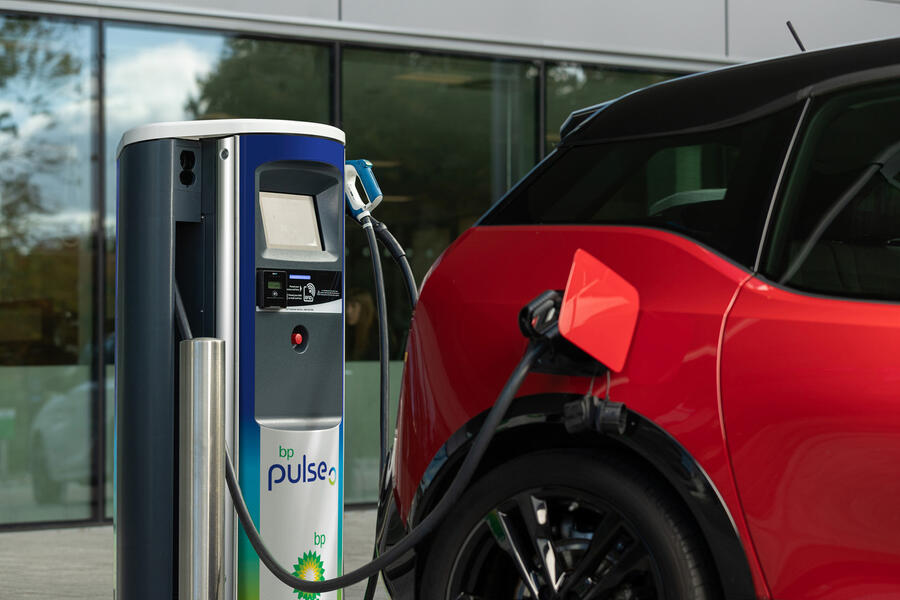Richard Bartlett is the senior vice-president of future mobility and solutions at BP. Best known, of course, as an oil and gas multinational, BP is transitioning to an integrated energy company that also has interests in biofuels, wind power, smart grid and solar technology, and that accelerated its strategy for electric car adoption with the acquisition of Chargemaster in 2018. We ask Bartlett about these and BP’s future plans.
Are you an environmentalist as well as a businessman?
“I’m a bit of both. The environmental narrative for us all is really clear: we need to take carbon out of the environment. I see that human necessity combining with the possibility of creating very exciting new business models.”
You’ll be perceived as working for a Big Oil firm. How long has BP been working in this space with any real purpose?
“John Browne, our executive chairman, gave what’s regarded as a landmark speech about climate change at Stanford University in 1997. It led to the formation of a business called Alternative Energy and had serious intent – but was probably ahead of its time.
“It’s probably true to say that the regulatory framework wasn’t at a point then that a business could be both profitable and sustainable. It was a heavily loss-making business and we had to come out of it because the demand for its services wasn’t scaling.
“That’s not the case now. By 2030, around 30% of the group’s capital will be going into these new businesses. BP is taking this seriously.”

What’s the price of getting the transition wrong? Could it be ‘farewell, BP’?













Join the debate
Add your comment
'we see that we’re among the most reliable, competitively priced operators'
Ha ha ha ha ha ha. They're doing their best to run Chargemaster into the ground
Some refreshing honesty about their business model (and biofuels), but how disappointing that only 30% of their capital will be invested in alternative energy by 2030. This means that as a commercial enterprise their interest will still be best served by lobbying to slow the transition from fossil fuels. I hope I live long enough to see the giant oil companies fully transition or disappear altogether. If they keep playing at it to greenwash the bulk of their business, then hopefully the latter.